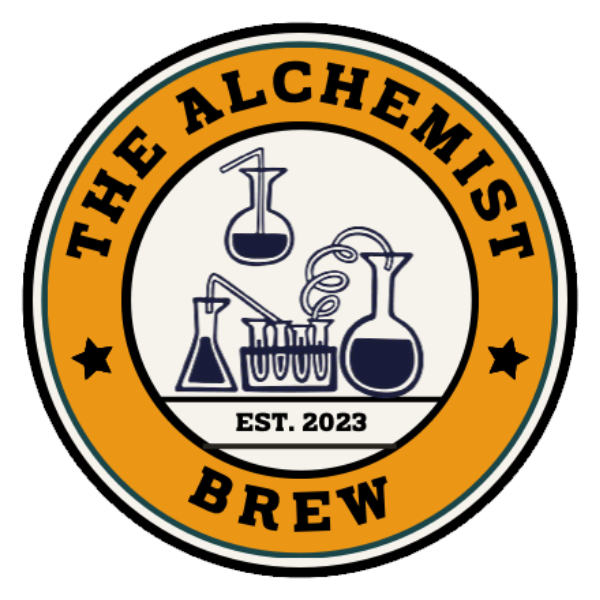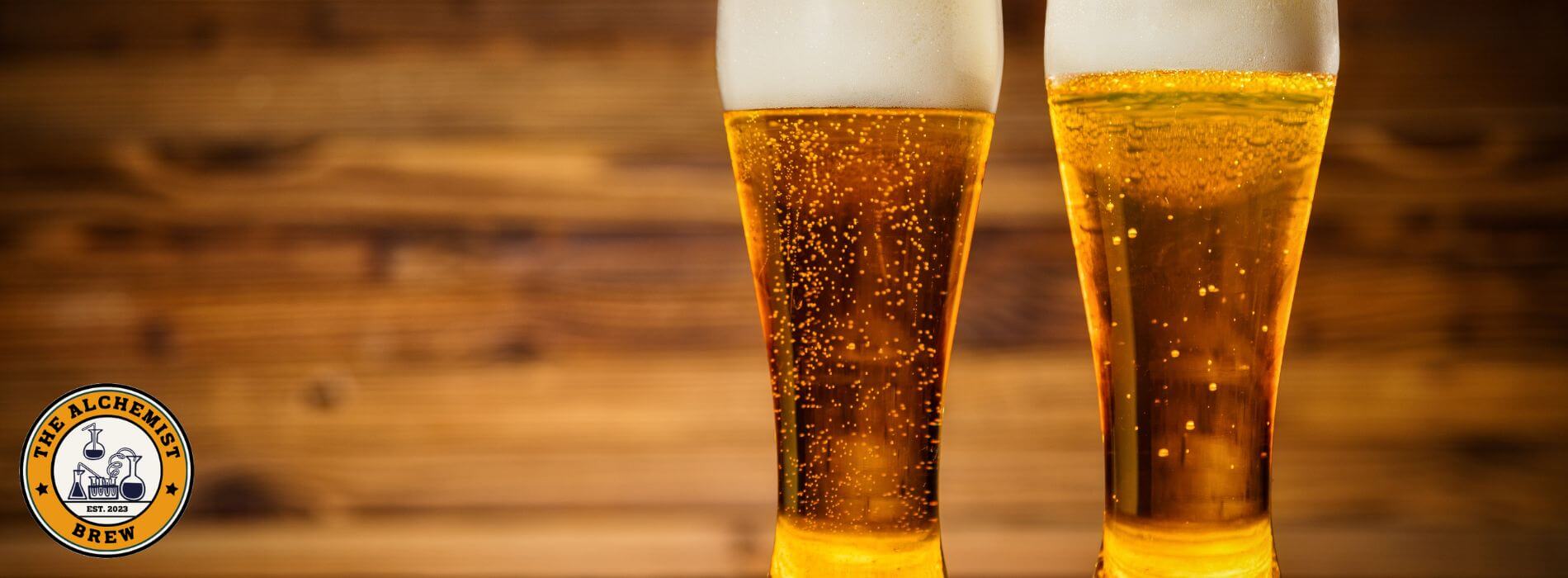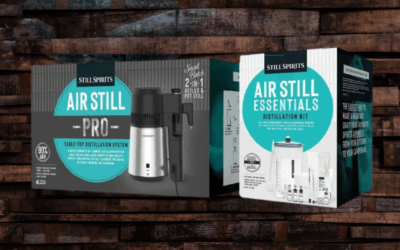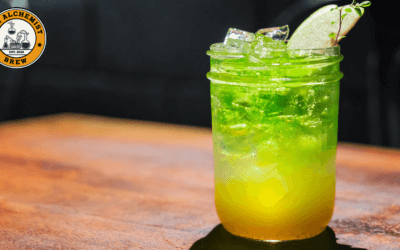A Tale of Two Brews: Exploring the Richness of Ale and Lager
In the vast world of beer, two distinct styles stand out prominently: Ale and Lager. These beverages have captured the hearts and palates of beer enthusiasts worldwide, each offering a unique flavour profile and brewing process. Join us on a journey as we delve into the origins, taste differences, and ideal yeasts for Ale and Lager, uncovering the nuances that make them beloved staples in the world of brewing.
Origins and History
Let’s start with Ale, a beer style with ancient roots that trace back thousands of years. The term “ale” is derived from the Old English word “ealu,” which simply meant “beer.” Ales were among the earliest fermented beverages crafted by humans, dating back to civilizations like the Mesopotamians and ancient Egyptians.
One of the defining features of Ale is its fermentation process. Ales are typically top-fermented, meaning that the yeast used ferments at warmer temperatures and rises to the top of the fermentation vessel. This method results in a beer with a robust and often complex flavour profile, ranging from fruity and spicy to malty and caramel-like.
Lager, on the other hand, has a more recent history compared to Ale. The term “lager” originates from the German word “lagern,” which translates to “to store” or “to age.” Lager beer emerged in the Bavarian region of Germany during the 15th century, gaining popularity for its crisp, clean taste and refreshing qualities.
Unlike Ale, Lager undergoes a bottom-fermentation process. The yeast used in lagering operates at cooler temperatures and settles at the bottom of the fermentation vessel. This extended cold fermentation period contributes to the smoothness and clarity that are hallmarks of Lager beers.
Taste Differences
Now, let’s explore the distinct taste differences between Ale and Lager:
- Ale:
- Flavour Profile: Ales exhibit a wide range of flavours, depending on the specific style. They can be fruity (from esters produced during fermentation), hoppy (due to added hops), malty (from the malted grains), or spicy (often seen in Belgian-style ales).
- Body: Ales tend to have a fuller body compared to Lagers, often with a more pronounced mouthfeel.
- Temperature: Ales are typically served at slightly warmer temperatures than Lagers, around 7-13°C (45-55°F).
- Lager:
- Flavour Profile: Lagers are known for their clean, crisp taste with a balanced maltiness and hop bitterness. They often have a smooth finish and are highly carbonated.
- Body: Lagers are lighter-bodied compared to Ales, making them refreshing and easy to drink.
- Temperature: Lagers are served at colder temperatures, typically around 3-7°C (38-45°F), enhancing their refreshing qualities.
Ideal Yeasts for Ale and Lager
The choice of yeast plays a crucial role in determining the character and flavour profile of both Ale and Lager. Here are the best yeasts for each style:
- Ale Yeasts:
- Saccharomyces cerevisiae: This is the primary yeast used for brewing Ales. It comes in various strains, each contributing different flavours and aromas. For example, English Ale yeasts may impart fruity esters, while Belgian Ale yeasts can add spicy and phenolic notes.
- Ideal Fermentation Temperature: Ales ferment best at warmer temperatures, typically between 15-22°C (60-72°F), depending on the specific yeast strain and desired flavour profile.
- Lager Yeasts:
- Saccharomyces pastorianus: Lager yeasts, also known as bottom-fermenting yeasts, belong to the species Saccharomyces pastorianus. They operate at cooler temperatures and produce fewer esters compared to Ale yeasts.
- Ideal Fermentation Temperature: Lagers require colder fermentation temperatures, usually between 7-13°C (45-55°F), followed by a period of lagering (aging) at near-freezing temperatures.
Conclusion
In conclusion, the difference between Ale and Lager extends beyond their taste and brewing techniques; it encapsulates centuries of tradition, innovation, and craftsmanship. Ales offer a diverse array of flavours and complexities, while Lagers embody crispness, clarity, and a refreshing quality. The choice between Ale and Lager often comes down to personal preference and the occasion.
Whether you’re sipping on a rich, malty Ale by the fireplace or enjoying a crisp, cold Lager on a hot summer day, both styles have a place in the hearts of beer enthusiasts worldwide. So, raise your glass to the remarkable diversity of flavours and experiences that Ale and Lager beers bring to the table, and continue exploring the fascinating world of brewing. Cheers!




